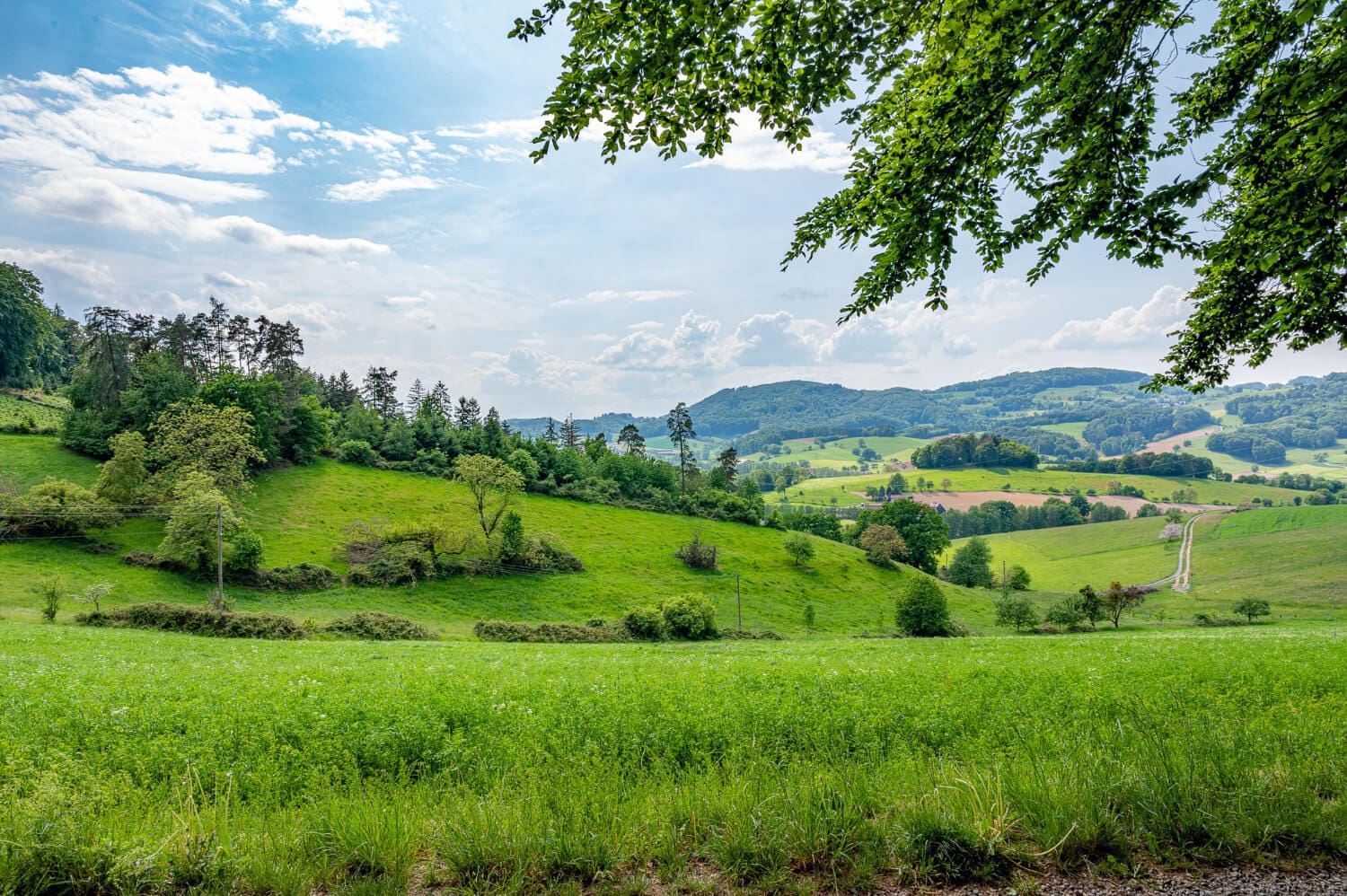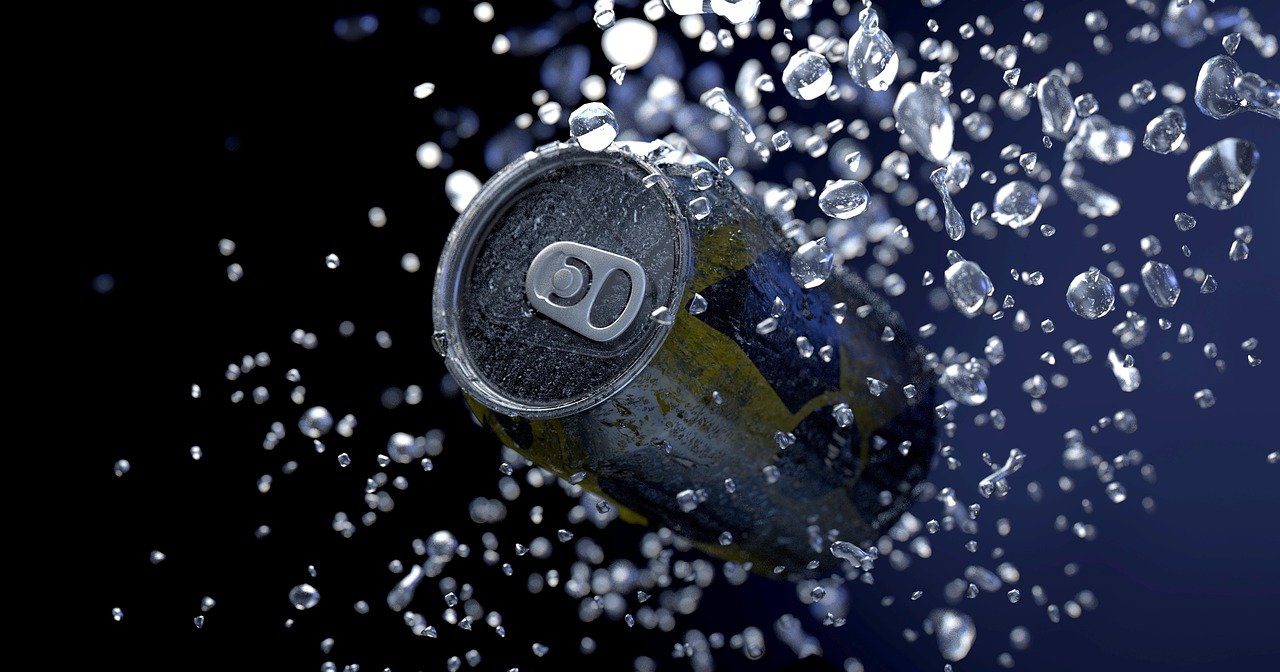You can find cans of local air in tourist spots all over the world, from the mountains of Switzerland to the Isle of Man, people have figured out how to make money off travelers.
Visitors to Italy’s summer destination, Lake Como, have plenty of choice when it comes to souvenirs, but a can of local air probably isn’t at the top of their shopping list. The product was presented by a marketing agency, which claims that the can contains 21 percent oxygen, 0.93 percent argon, 0.04 percent carbon dioxide and a small percentage of nitrogen and neon taken from the shore of the lake.
“We thought it would be interesting to preserve the air from the lake in a can that you can then take anywhere in the world,” Daniele Abanjale of the agency that designed the project told Italian daily La Repubblica. “The jar, when opened, becomes a pen holder or a vase and is completely recyclable.”
Air, Can (Freepik)
At almost 10 euros a piece, the canned air seems like an obvious marketing ploy – and it’s not genuine. Cans of local air can be found in dozens of places around the world, from the Swiss mountains to the Isle of Man.
So, is it just one big joke that tourists believe, or are those air samples really worth buying?
The craze for canned air began in the 20th century and is not new in Italy. After World War II, a man named Gennaro Caravolo invented the “Aria di Napoli”.
Caravolo recycled empty food cans distributed by American troops after the liberation, claiming to fill them with air from the city – and even managed to sell them back to the Americans.
However, Charavolo’s invention was a social statement and an allegory for the famous Neapolitan “cazzimma” – the art of being resourceful and making the most of what you have. It was also likely a reference to Marcel Duchamp’s conceptual artwork “Air de Paris” from decades earlier.
In 1970, Charavol’s grandson continued this cheeky joke with an exhibition at the Venice Biennale. He showed the fried air from Milan, the fog from Carnabi Street in London and the holy air from Rome.
Preserved air as a souvenir
Most of the canned air sold today is not nearly as witty or esoteric an idea.
Air from the Isle of Man, located in the Irish Sea, costs 20 euros and is claimed to cure nostalgia and relieve stress, while the air from Altai in China is described as “intoxicating”. Tourists can even write on the cans as if they were postcards.
An absurd row has erupted in southern England over a company selling bottles of air from Cornwall for more than €80, even though the air is actually collected in Devon, another county.
A company called barrel roll produces souvenirs with a touch of humor. They sell canned air from a variety of popular tourist destinations, including Athens, Venice, Barcelona and Las Vegas. For example, their Tokyo version reportedly contains 10 percent of the air collected in places like Shibuya Crossing, Tsukiji Fish Market and Roppongi Hills. The manufacturers also claim that the packaging is strong enough to withstand a magnitude 9.0 earthquake.

Joking aside, this trend raises questions about the ethics of producing packaging for a non-existent product, further contributing to the vast amount of cheap, disposable souvenirs offered to tourists.
The companies claim you’re getting a cute can to display in your home, but with poor quality and an unattractive design, these cans are probably only bought as a funny gift for a friend with no intention of carrying any sentimental value.
Canned air raises awareness of pollution
There are also less trivial examples of canned air. In 2016, British company Aethaer launched a series of containers “filled” with air from one of the country’s five Areas of Outstanding Natural Beauty to raise awareness of air pollution.
Reportedly, the proceeds from the sale of the jars are invested in the creation of affordable breathing masks.
For several years now, entrepreneurs have been bottling compressed fresh air from places like Canada and Switzerland and selling it to residents of highly polluted areas in China and India.

Air
For example, the Vitality product contains air collected from the Canadian Rockies. The containers come with a specially designed spray cap and mask and contain around 160 puffs, reports Euronews Travel.
Vitality CEO Moses Lam told the BBC he believes this is the new bottled water. However, scientists claim that bottled air provides little or no health benefits.
Source: bizlife.rs


